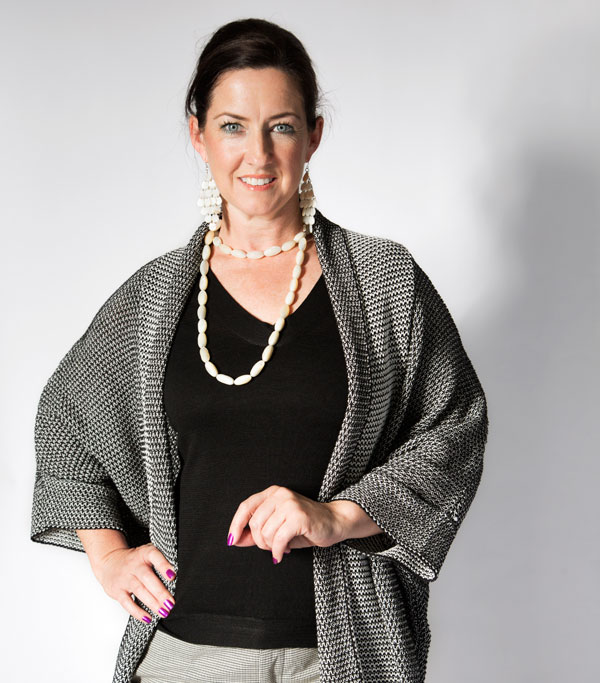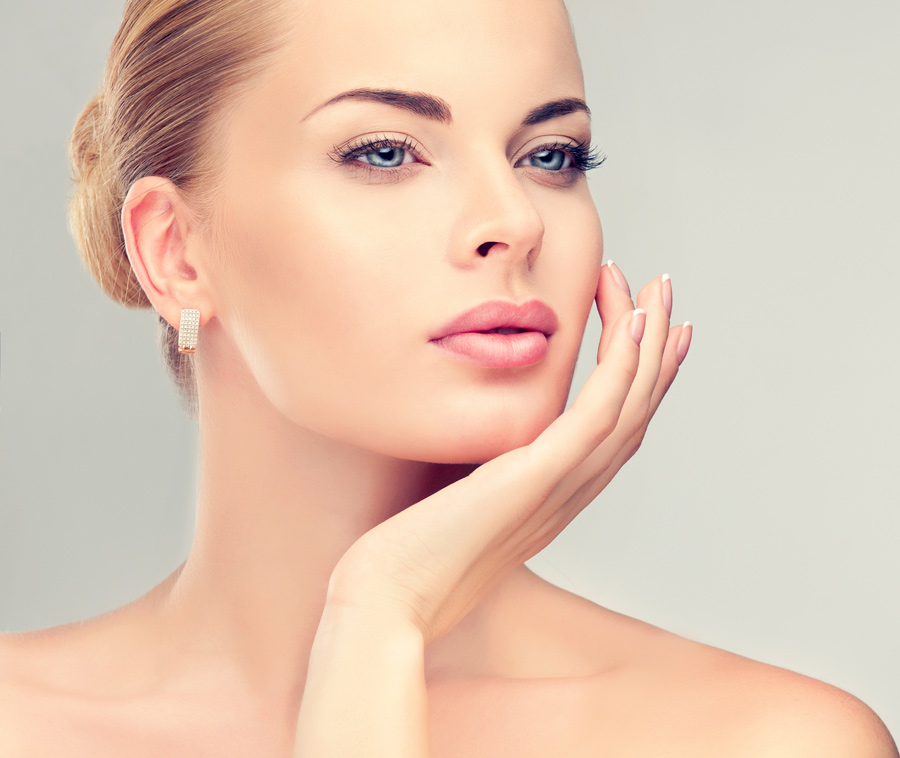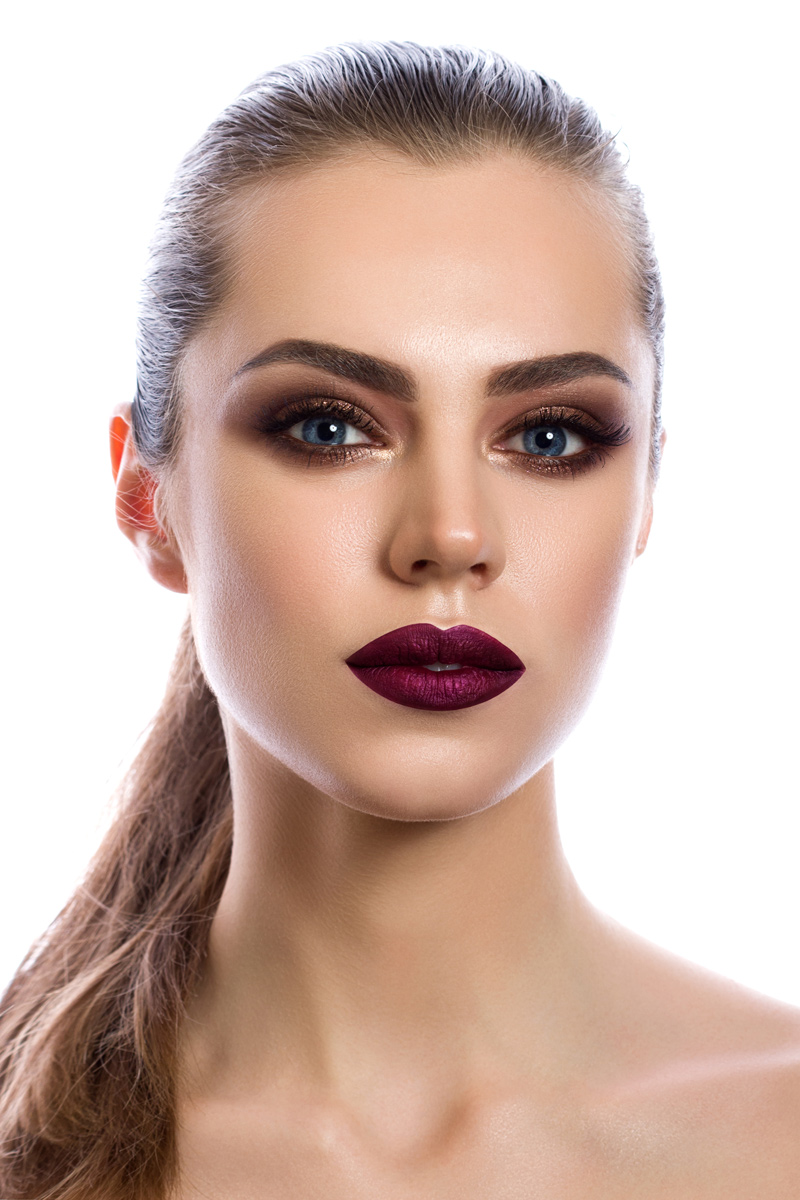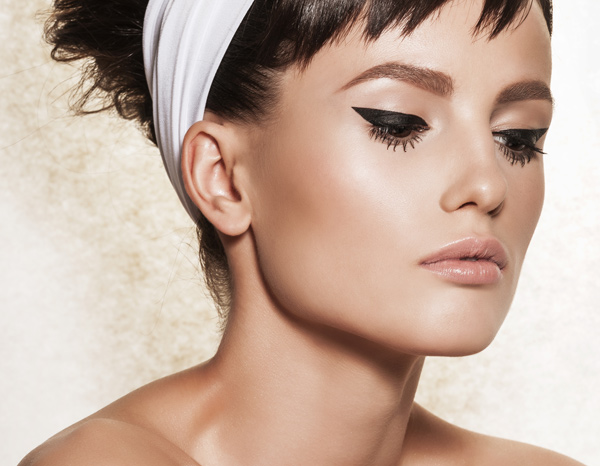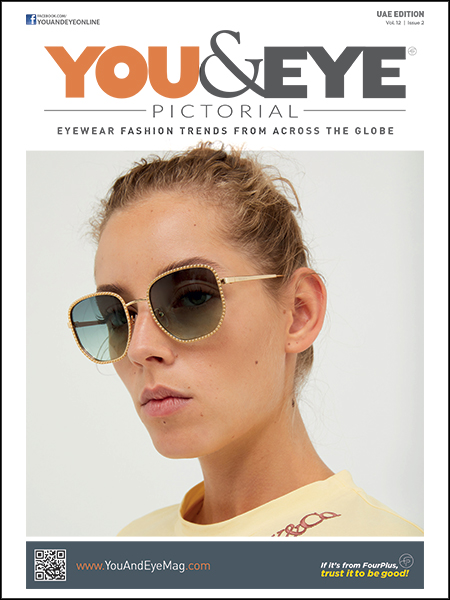Perfecting beautiful makeup does not require your kit to hold every conceivable brush. Caroline Killeen guides us through the most suitable equipment and management to achieve the best results.
Even without a single tool, makeup can be transferred to the face in a relatively controlled way using fingers – a convenient option with the added bonus of body heat to blend and smoothen. However for higher levels of control and blending, selecting the most appropriate brushes helps to create more specific looks and style
Tool Time-Frames & Tips
Good quality brushes should last 10 years or so if you look after them well. Velour powder puffs can last up to 6 months if washed and dried regularly and properly.
Latex sponges should be replaced every 7 to 10 days.
When traveling, streamline your kit to lighten your load. Use a toothbrush to groom eyebrows and your powder brush to dust blusher on cheeks. A concealer brush can be rinsed before being used to apply lip colour. The fine edge of a latex wedge sponge or tiny stick sponge applicator can be used as an eyeliner also when it is slid though eye shadow.
Grooming Implements
Tweezers: Choose long handled, easy to hold with a fine slanted tip for selecting and easing out hairs (and precision with applying false eyelashes)
Scissors: The ones with a curved end are good for cutting fingernails and trimming unruly brows
Pencil sharpeners: keep lip and eye pencils sharp for producing defined lines. Additionally, sharpening will also keep products clean and bacteria-free.
Cotton Buds: For mini clean-ups such as flaking mascara or bleeding lipstick, cotton buds are good.
Makeup Sponges: Go for the triangular latex wedge for an ideal end to work around the nose or sweep under the eye.
Eyelash Curlers: A must have for any kit – opens the eyes right up. Heat first with a hairdryer to ‘set’ the lashes once curled but be careful not to burn the skin around the eye.
Powder Puffs: Velour puffs are ideal for pressing powder into areas of excessive shine (forehead, nose and chin).
Brow Brush & Lash Comb: A double sided treasure, this tool allows you to comb through  lashes when mascara becomes cloggy and use the brush side to put brows in order. For a less ‘orderly’ look, try using the brush in the opposite direction of the hair growth.
lashes when mascara becomes cloggy and use the brush side to put brows in order. For a less ‘orderly’ look, try using the brush in the opposite direction of the hair growth.
Magnifying Mirror: Good for checking on mascara fall-out and when plucking eyebrows. Don’t use when applying makeup as your features can look a little distorted.
Tissues: An absolute must have, these tissues can be used for blotting lipstick, removing excess mascara from wands and patting face of excess foundation before applying powder.
Choosing Brushes
Types: Whilst you don’t need to buy every brush on the market, choosing the right brush will make application easier and more effective. A handful of quality brushes is a wise investment for longevity and precision. Take into account the feel of the bristles: if it’s too soft and they will not pick up and deposit colour correctly. The prickly ones should also be avoided as they may irritate or piece the skin.
 Cost is usually a fair parallel with quality in the case of makeup brushes. Test them yourself by running it over the back of your hand. If all bristles move in the same direction then this is a good sign opposed to seeing it splay, indicating lack of control. Gently pull at the bristles and be sure they do not come away. Also hold the brush to see if it feels comfortable in your hand.
Cost is usually a fair parallel with quality in the case of makeup brushes. Test them yourself by running it over the back of your hand. If all bristles move in the same direction then this is a good sign opposed to seeing it splay, indicating lack of control. Gently pull at the bristles and be sure they do not come away. Also hold the brush to see if it feels comfortable in your hand.
When considering natural bristles versus synthetic ones, consider the purpose of the brush. The best quality bristles come from goats, sables (fox) and blue squirrels (animals are not made to suffer in the process) however synthetic brushes are much cheaper and can offer great results as well.
Purpose: Horses for courses! When covering pimples and imperfections choose a synthetic-bristled brush with a narrow square tip. Apply powder with a soft bristled large brush which will sweep it over the face in a couple of strokes for light application. (also good for bronzer).
Blusher requires a similar brush with tapering at the sides in order to direct colour without leaving straight streaks. For filling sparse brows, shading or shaping them choose a course bristled brush with a square or slant edged tip. Sponge tipped applicators deliver eye-shadow colour with accuracy and intensity but you could also use a soft-bristled brush with round sides and a tapered tip. This option will create a more natural, sheer finish.
Maintaining your kit
As with makeup products and brushes, makeup bags can be breeding ground for bacteria.
Cleaning metal utensils can be done with washing liquid whilst brushes should be best results found in pharmacies or supermarket. Agents for both washing and killing germs can be purchased through makeup companies however will be costly whilst the above options are equally as effective.
Makeup brushes, sponges and powder puffs should be washed once a week. Sea sponges will rot if not cleaned thoroughly and powder puffs will clog ceasing to work effectively.
Hot soapy water will work well with shampoo for cleaning brushes. Do not soak brushes as it will weaken the adhesive holding the bristles in place. After cleansing, squeeze the excess water from the bristles and reshape their heads using your fingers. Leave to dry naturally on a flat surface with a towel underneath – never try to speed things up with a hairdryer.

